Sealife guideThe marine cnidarians
Last updated on 09/08/2025 at 11:26 PM
The phylum cnidarians, literally « stinging nettle » due to their stinging power, includes around 10,000 species.
Taxonomy
Cnidarians are divided into three classes:
- the anthozoans, including sea anemones, corals and gorgonians !
- the hydrozoans, such as the Portuguese man o' war, which should not be confused with a jellyfish despite its appearance and fire coral.
- the scyphozoans, more commonly known as jellyfish.
Description
All cnidarians have tentacles, the surface of which is equipped with a multitude of stinging cells called cnidocytes.
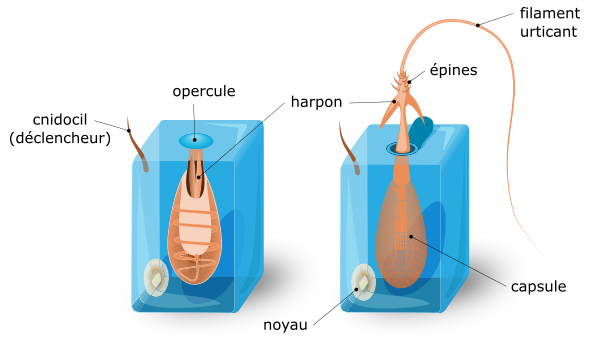
The anatomy of a cnidocyte © Designua | Dreamstime.com
This stinging cell consists of a capsule, the cnidocyst, closed by a lid and containing a long filament with spines, coiled around a retractable harpoon-like tube. The tip of this structure resembles a spear! Armed and ready to fire, a sensory cilium - the cnidocil - stands near the opening to detect any contact with prey or a predator. At the slightest touch, the filament, retracted inward, is ejected outward and pierces its victim to inject its venom. For single use, the cnidocyte is regenerated and replaced by a new cell.
Range
Cnidarians are found throughout all the oceans and seas across the globe. Corals, on the other hand, are primarily located in the warm waters of tropical seas.
Habitat
Cnidarians can be found in a free form, like jellyfish, or fixed, like coral colonies or sea anemones.
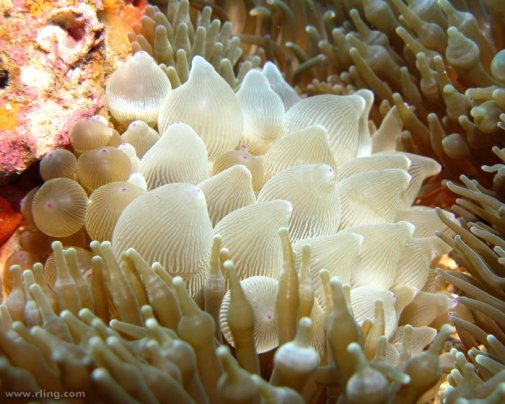
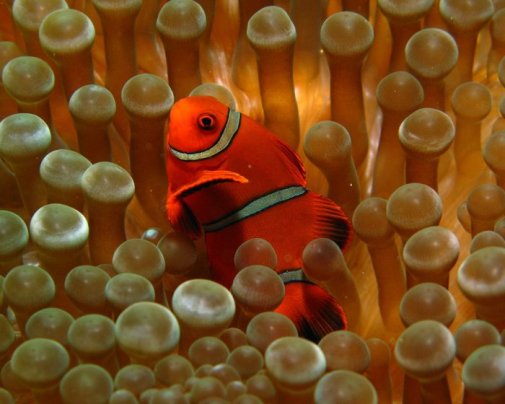
Diet
Feeding is very varied and depends on the size of the animal. In the case of small coral polyps, the food consists of microorganisms suspended in the water.
As for larger cnidarians, they feed on marine worms, crustaceans and various fish whose size is compatible with theirs.
Reproduction
Cnidarians exhibit both:
- sexual reproduction through the release of gametes into seawater and external fertilization
- asexual reproduction by various mechanisms, including budding
Some cnidarians even have the ability to regenerate.
Did you know ?
Clownfish coexist with sea anemones, which offer them protection with their tentacles to which the fish have become insensitive ! But the relationship doesn't end there; the clownfish also defends the anemone from potential predators and the anemone benefits from the remains of the clownfish's meals.
The main predators of cnidarians are mollusks, particularly certain nudibranchs, sea stars, some fish and sea turtles.
Tips for observing
Cnidarians are very stinging animals, which is why they should not be touched. In case of itching after touching a cnidarian, it is advised not to rub the affected area to avoid spreading the itching, especially on mucous membranes, which are particularly sensitive !
Similarly, wearing gloves while diving does not exempt one from following this rule, as the glove or suit material may be covered in stinging cells that, when back on the boat, can come into contact with the skin !
Some marine cnidarians to discover
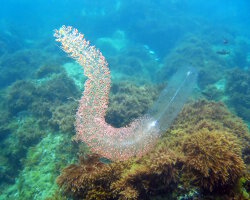
Big siphonophore
(Forskalia edwardsii)
(Forskalia edwardsii)
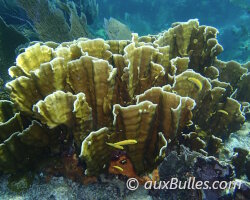
Bladed fire coral
(Millepora complanata)
(Millepora complanata)
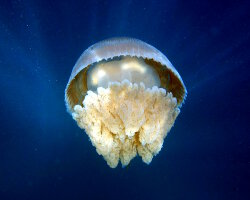
Blue blubber jellyfish
(Catostylus mosaicus)
(Catostylus mosaicus)
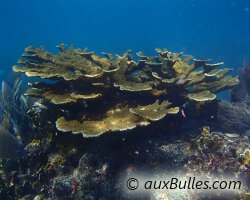
Elkhorn coral
(Acropora palmata)
(Acropora palmata)
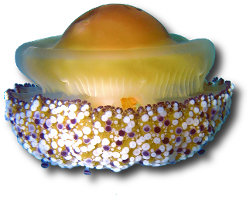
Fried egg jellyfish
(Cotylorhiza tuberculata)
(Cotylorhiza tuberculata)
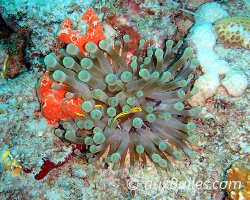
Giant caribbean anemone
(Condylactis gigantea)
(Condylactis gigantea)

Pharaoh coral
(Acropora parapharaonis)
(Acropora parapharaonis)
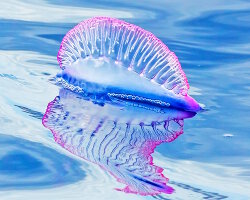
Portuguese man of war
(Physalia physalis)
(Physalia physalis)
Our latestUpdates

Friday, December 19th 2025
The magic of Christmas decorations
Discover Christmas decorations in Florida: giant trees, illuminated palm trees, magical light displays and tropical settings to experience the holiday magic under the sun.

Monday, December 15th 2025
The dusky shark
Discover the dusky shark, one of the world's largest coastal sharks, and learn why this powerful predator is essential to marine ecosystems.

Friday, December 12th 2025
Christmas magic at Disney hotels
Experience the magic of Christmas at Disney hotels: enchanting decorations, giant Christmas trees, dazzling lights and a festive holiday atmosphere.
Photo of the Day

Corbeille de Vénus
(Euplectella aspergillum)
(Euplectella aspergillum)
